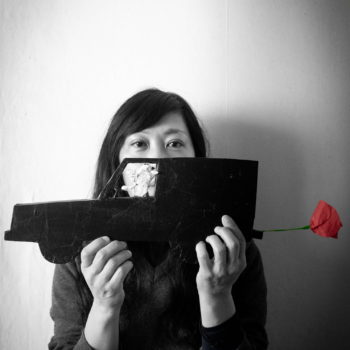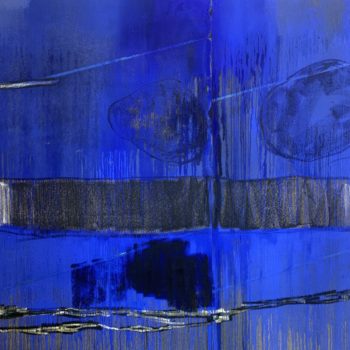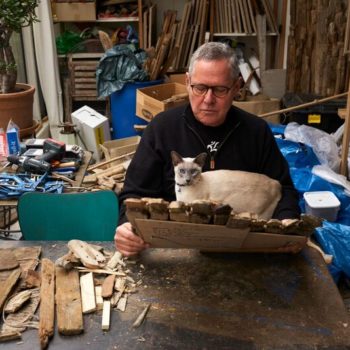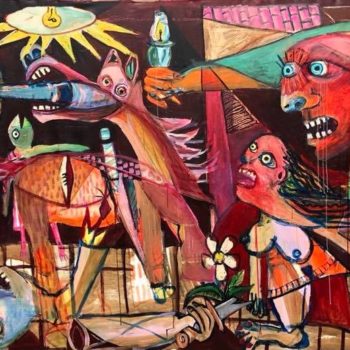
René Apallec, an artist facing World War I
- Post published:24 February 2023
- Post category:Meet the artists
Many artists have created to denounce and exorcise the butchery of the First World War. Because of the stigmata left on the faces and minds of the surviving soldiers, artists have often represented the so-called “broken faces”. Thus, the Germans Otto Dix or George Grosz marked the spirits by expressionist and brutal works. A French artist did the same work: his name was René Apallec.
René Apallec (1898-1968) was born in Normandy. During the First World War, he was a nurse in one of the first maxillofacial surgery departments. Did he assist the precursor physicians such as Dufourmentel or Morestin? History does not say, but we do know that he started a quasi-therapeutic series of collages “les gueules cassées” (broken faces) which was not intended to be exhibited.
The Apallec fund
In 2007, the “Apallec collection” was rediscovered by chance in the attic of an old house in Toulouse. In it were discovered nearly 300 striking broken faces, but also other series of collages, all made in the 1920s and 1930s: “Les Perruques” (the wigs), which erase faces, “Les Oisifs” (the idlers), which depict characters with bird heads being chased and hunted, and “Les vues de l’arrière” (the views from the rear), which describe the ravages of war on civilian life.
Since this discovery, many people have become interested in his work. Today, René Apallec’s collages have won over historians, collectors, the media and even schoolchildren who are inspired to portray current personalities.
The academic Renaud Bouchet, lecturer in the history of contemporary art at the University of Le Mans, is a reference on the Normandy collagist. In his article, “René Apallec, plastic surgeon on paper”, he considers that it is “the history of a discovery that art historians dream of”.
Progressively, we (re)discover the links between the Norman collagist and the artists of his time. The most documented relationship is certainly that with the artist Max Ernst. While René Apallec’s series of idle people seems to date back to the 1920s, Max Ernst’s artist’s book “A Week of Kindness” was only published in 1934. From there to imagine that the Norman could have influenced the master !
With Hervé Laplace, history is also part of the work
The story of René Apallec is beautiful… but is it true ?
In reality, the collages of René Apallec and the story of his life are two pieces of the same work, that of the contemporary collagist Hervé Laplace. He hunts for books and newspapers of the period, he cuts and pastes and tells the story. Apallec is the anagram of his name, Laplace.
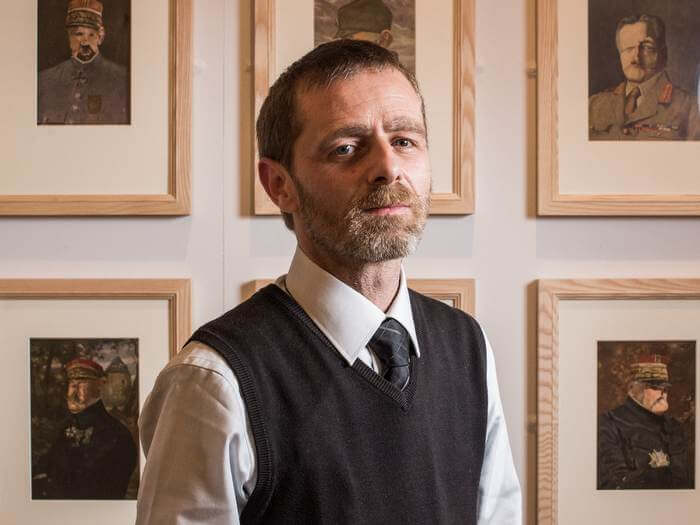
Artistic forgeries : emotion created is part of the creation
In fact, with René Apallec, Hervé Laplace is part of the line of “artistic forgeries”. A famous exemple is the 1938 radio program inspired by H.G. Wells’ novel The War of the Worlds and played by Orson Wells.
Hervé Laplace does not hide it, the idea came to him when he discovered the false documentary of Peter Jackson Forgotten Silver on a New Zealand filmmaker who would have invented all the techniques of cinema. After its broadcast, Peter Jackson declared that it was a fake, thus triggering strong reactions.
Some will say that Peter Jackson should have explained that it was a work of fiction… but the emotion created was obviously part of his creation !
As for Hervé Laplace, he goes even further since he creates the story and the works of René Apallec!
Photomontage and collages : the influences of Hervé Laplace
Cinema is without doubt the art form that has had the most profound influence on Hervé Laplace. He cites Erich Von Stroheim or the directors Tod Browning and Terry Gilliam. But because he could not make films, he began his artistic career with photomontage.
Hervé Laplace was then captivated by the impact of Eugène Appert’s photomontages. In 1871, with his series “The Crimes of the Commune”, he produced photomontages that disguised reality at a time when photographs were considered true by nature.
Hervé Laplace is also fascinated by the works of John Heartfield (1891-1968), a German member of the Dada group who began photomontage in the early 1920s.
He then discovered Soviet constructivism during the 2006 Paris exhibition “Soviet photomontage, from aesthetics to propaganda” with works by Soviet artists such as Alexander Rodchenko and Vavara Stepanova.
The Danish journalist and photographer Marinus also inspired him, with his political photomontages published in Marianne from 1933 to 1940.
Carried away by these giants, Hervé Laplace spends his time on his computer and his photomontages quickly become successful. One day his wife suggested that he do the same thing but from “real papers”. That was in 2007 and since then the artist has never stopped expressing himself, scalpel in hand, thanks to collages.
He then discovered the great collagists : Max Ernst of course but also the contemporary American artist Winston Smith. The latter illustrated, among other things, many record sleeves of the Dead Kennedys that Hervé Laplace listened to as a teenager.
To thank him for these happy years, Hervé Laplace gave him a gift of a broken face of the American general Pershing. Winston immediately recognized the quality of the Frenchman’s work and allowed him to exhibit at the Collage Museum in San Francisco !
"Faces of conflict" at Royal Albert Memorial Museum
In 2013, the magazine Hey! Modern Art & pop culture directed by Anne Richard dedicates to Rene Apallec a very interesting article.
But it is in 2015 that the consecration arrives. Indeed, the Royal Albert Memorial Museum contacted him for an exhibition project on the disfigured faces of the First World War “Faces of conflict”.
Hervé Laplace’s collages are found alongside the works of Otto Dix or George Grosz as well as major contemporary artists such as Paddy Hartley or Eleanor Crook. A collage by René Apallec was even chosen for the poster.
With René Apallec, Hervé Laplace claims a pacifist approach. If “smashing the face of the generals” of the Great War may seem to judge them, the artist defends himself : “I have nothing against these generals, it is history that will judge them, not me … “.

Celebrated in the United States, in England and in many French cities, Hervé Laplace has never exhibited in Paris. His first Parisian exhibition was with Artistes Actuels from March 23 to April 1, 2023 !
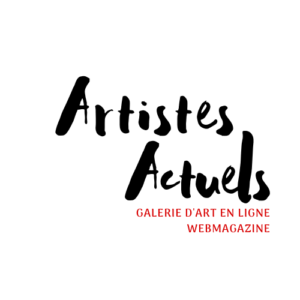
The editorial team
The thrill of artistic discoveries
